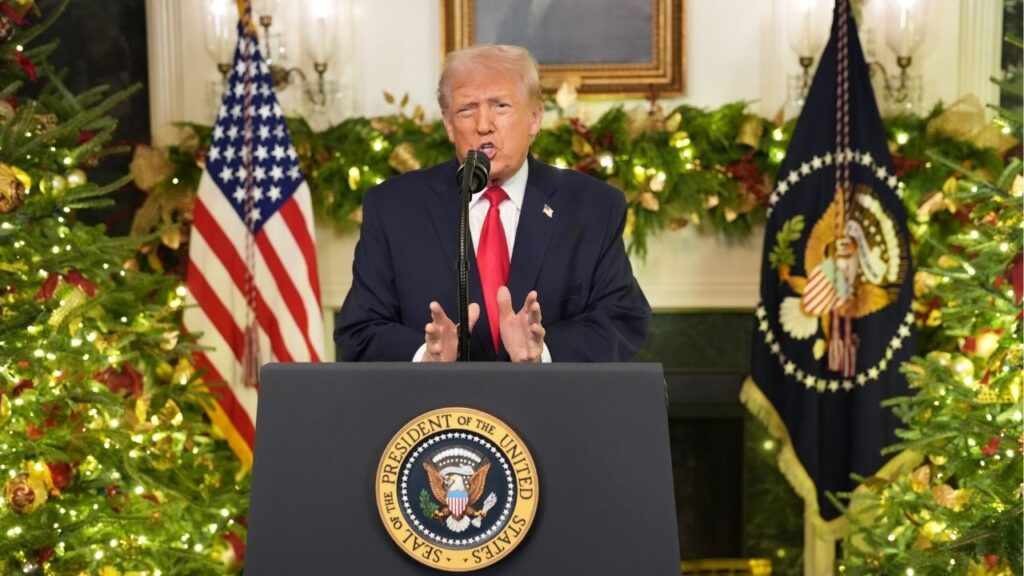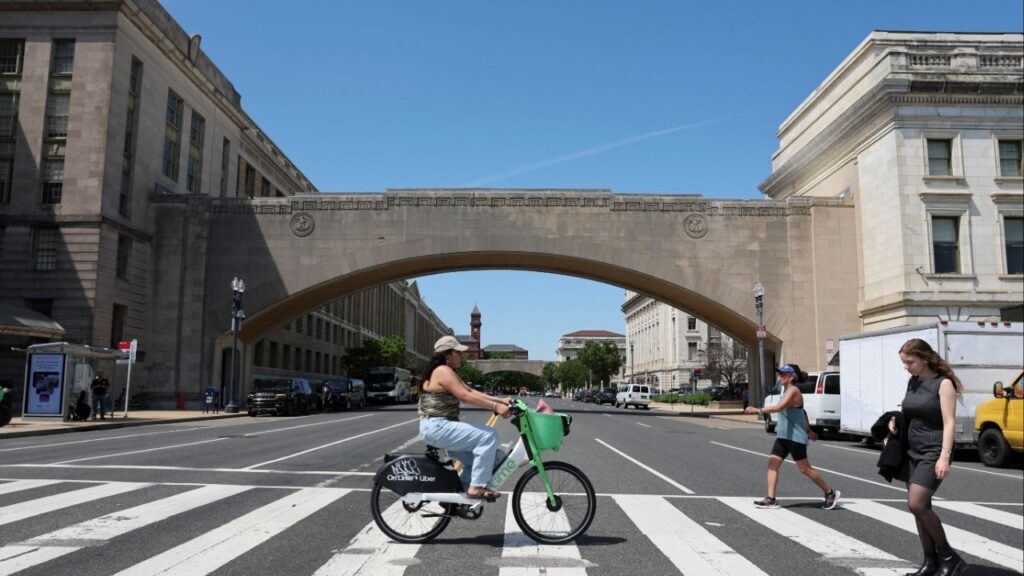Share
|
Getting your Trinity Audio player ready...
|
The Federal Reserve is poised this week to raise its benchmark interest rate for an eighth time since March. But the Fed will likely announce a smaller hike for a second straight time, and it could change some key wording in its post-meeting statement about future rate increases.
A change in its statement, if there is one, could be seen as signaling an eventual pause in the Fed’s aggressive drive to raise borrowing costs. Chair Jerome Powell is still likely to stress, though, that the Fed’s campaign to conquer high inflation is far from over.
When its latest meeting ends Wednesday, the 19-member policymaking committee is expected to raise its key short-term rate, which affects many business and consumer loans, by a quarter-point. In doing so, it would elevate the rate to a range of 4.5% to 4.75%, its highest level in 15 years. The Fed’s move would follow a half-point rate hike in December and four three-quarter point hikes before that.
Last year’s substantial rate increases reflected near-unanimous agreement among Fed officials that they needed to move quickly to jack up borrowing costs to cool the worst inflation outbreak in more than 40 years. But with signs of weaker economic growth along with steadily lower inflation readings, reduced consumer spending and even some signs of a slowdown in the job market, the Fed is now navigating a more treacherous terrain.
Less spending and hiring could help further ease inflation. But many economists and Wall Street investors worry that the Fed will raise rates too high — and keep them there too long — causing a deep recession in the process. Based on their public statements, policymakers are adamant that if they don’t keep fighting inflation with tighter credit, price spikes could re-accelerate and require even more painful measures to quell.
High Uncertainty
With uncertainty so high, several of the officials have said they favor smaller rate hikes, to allow time to evaluate the impact of their policies.
“If you’re on a road trip and you encounter foggy weather or a dangerous highway, it’s a good idea to slow down,” said Lorie Logan, president of the Federal Reserve Bank of Dallas and a former top official at the New York Fed, in a speech earlier this month. “Likewise if you’re a policymaker in today’s complex economic and financial environment.”
As the Fed downshifts its rate increases, it is fueling enthusiasm among Wall Street investors that the hikes will soon stop. Such optimism has sent stock prices higher and bond yields lower since the year began. Higher asset prices tend to encourage spending and accelerate growth — just the opposite of what the Fed wants.
To forestall that brighter outlook, most analysts expect Powell to talk tough at a news conference Wednesday about the need for further rate hikes. He may underscore a projection that Fed officials collectively issued last month that their benchmark rate would surpass 5% in the coming months.
“The communication gets very tricky at this point,” said William English, a former Fed staffer and finance professor at Yale School of Management.
Further complicating matters, English and some other economists say, the Fed could change the statement it issues after each meeting to hint that it may be close to suspending its rate hikes.
Since March, the statement has included the phrase, “ongoing increases in the (Fed’s rate) will be appropriate.” English said that phrase could change to something like, “some future increases.” That would indicate that the Fed is no longer engaged in an open-ended series of hikes.
Other Fed watchers, like Kathy Bostjancic, chief economist at Nationwide, say they don’t foresee any such changes, because the Fed won’t want to excite investors.
“They don’t want the financial markets to presume a pause is around the corner,” Bostjancic said. “They can’t change that language until they want to signal a pause is imminent.”
Powell has stressed his concern — which most other Fed officials have echoed — that robust pay raises will keep inflation high among restaurants, hotels, health care, financial services and other areas of the nation’s service sector. As a result, Powell has said that some “pain” will be necessary to fully quash inflation — including a potentially sharp increase in the unemployment rate.
On Tuesday, the government will issue its most comprehensive measure of wages, known as the Employment Cost Index. If the index shows a clear weakening of wage gains in the final three months of 2022, it could assuage some of Powell’s concerns that large pay increases are fueling inflation.
Even so, in recent speeches and interviews, several Fed officials have said they want their key rate to exceed 5%, a level that would require two more quarter-point hikes in addition to a quarter-point increase on Wednesday.
“We’re not at 5% yet, we’re not above 5%, which I think is going to be needed given where my projections are for the economy,” Loretta Mester, president of the Cleveland Fed, said in a Jan. 17 interview with the Associated Press. “I just think we need to keep going.”
As the Fed faces a more uncertain environment, some disagreements among officials are emerging. While Powell has stressed the need to slow the job market to combat inflation, for example, Vice Chair Lael Brainard has suggested that other factors, including a decline in corporate profits, could further reduce inflation without requiring widespread layoffs.



















